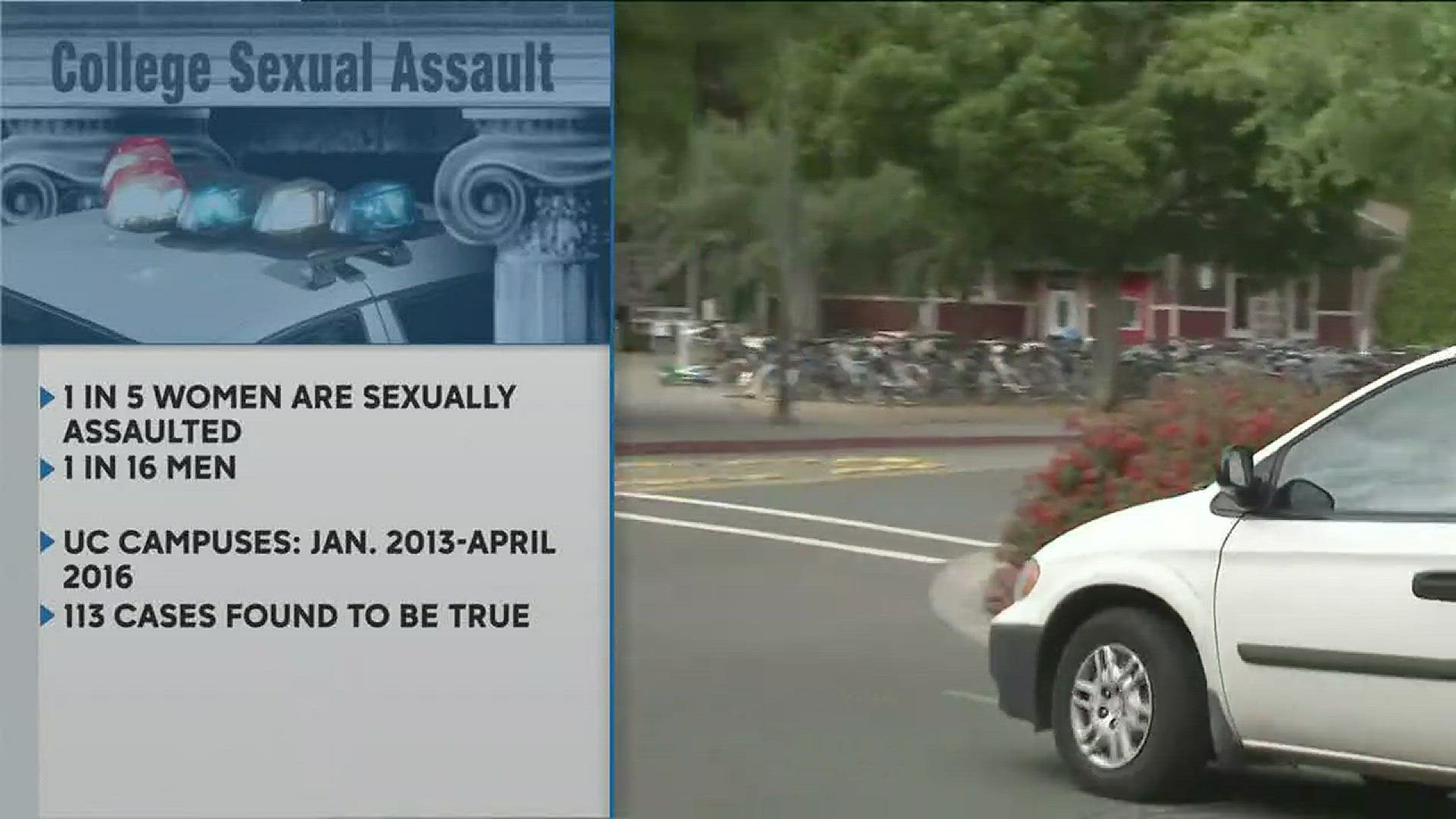College campus sexual assault is a dark issue affecting more students than is actually known.
Former Stanford University swimmer, Brock Turner, sparked outrage across the nation after serving only three months in jail for sexually assaulting an unconscious woman outside a fraternity party in 2015. Turner, 22, was sentenced to six months after his rape conviction, which many claimed was too lenient for the crime.
He walked out three months early for "good behavior".
The Turner rape case was an explosive one, capturing the interest of country with the powerful words written in an essay by the anonymous victim, known as "Emily Doe". The raw and emotional description of her horrific ordeal further opened up the conversation of campus rape.
Emily Doe's experience is unfortunately one of many cases of campus rape, most of which go unreported. In fact, more than 90 percent of campus sexual assaults go unreported, according to the National Sexual Violence Resource Center (NSVRC).
Title IX policies, which protect students against sex discrimination, are in place nationally, but campuses are under heavy pressure to better respond to reports of rape. In June, UC announced new system-wide procedures for responding to alleged sexual misconduct by faculty and staff that provide greater transparency, consistency and timeliness in investigating these cases.
To get a better understanding of the severity of college campus sexual assaults, take a look at the issue in numbers:
University of California-
Earlier this year, the UC system released details of 113 sexual misconduct final reports on the 10 UC campuses the system found to be true.
The reports spanned from January 2013 to April 2016. The hundreds of pages of documents were released because of a public records request made by The Associated Press and other media last April.
The UC said in a statement, about 58 percent of the cases came from complaints by staff members, while 35 percent were from student complaints. It said 7 percent of the cases involved sexual assault.
In 2015, 89 percent of college campuses reported zero incidents of rapes, according to Clery Act numbers. The act requires colleges that participate in federal financial aid programs to disclose campus crime statistics and security information, including training and prevention efforts. Every school must report this information to the U.S. Department of Education every year.
The numbers are hard to believe due to other data collected on campus sexual assaults.
National statistics-
- One in five women and one in 16 men are sexually assaulted while in college, according to the NSVRC.
- Nearly 12 percent of student respondents across 27 universities reported experiencing nonconsensual sexual contact by physical force, threats of physical force, or incapacitation since they enrolled at their university, according to a 2015 survey on sexual assault and sexual misconduct by the Association of American Universities (AAU).
- Rates of sexual assault are highest among undergraduate females and those identifying LGBT.
- The AAU also found, less than 10 percent of all students report incidents of sexual harassment to a college or university employee and more than 50 percent of victims of even the most serious incidents say they don't report the event because they do not consider it “serious enough".
- Just two percent of rapists, including those who commit crimes unreported by the victim, will serve time in prison, according to the Rape, Abuse & Incest National Network (RAINN).
- Nearly one in five students has seen someone behaving in a sexually violent or harassing manner, according to the AAU survey.
- Freshmen seem to have the highest rate of nonconsensual sexual contact via physical force of incapacitation (16.9 percent), with the rate going down as students get older. Seniors have a rate of 11.1 percent.
Campus sexual assault numbers are often debated due to the fact so many incidents go unreported.

